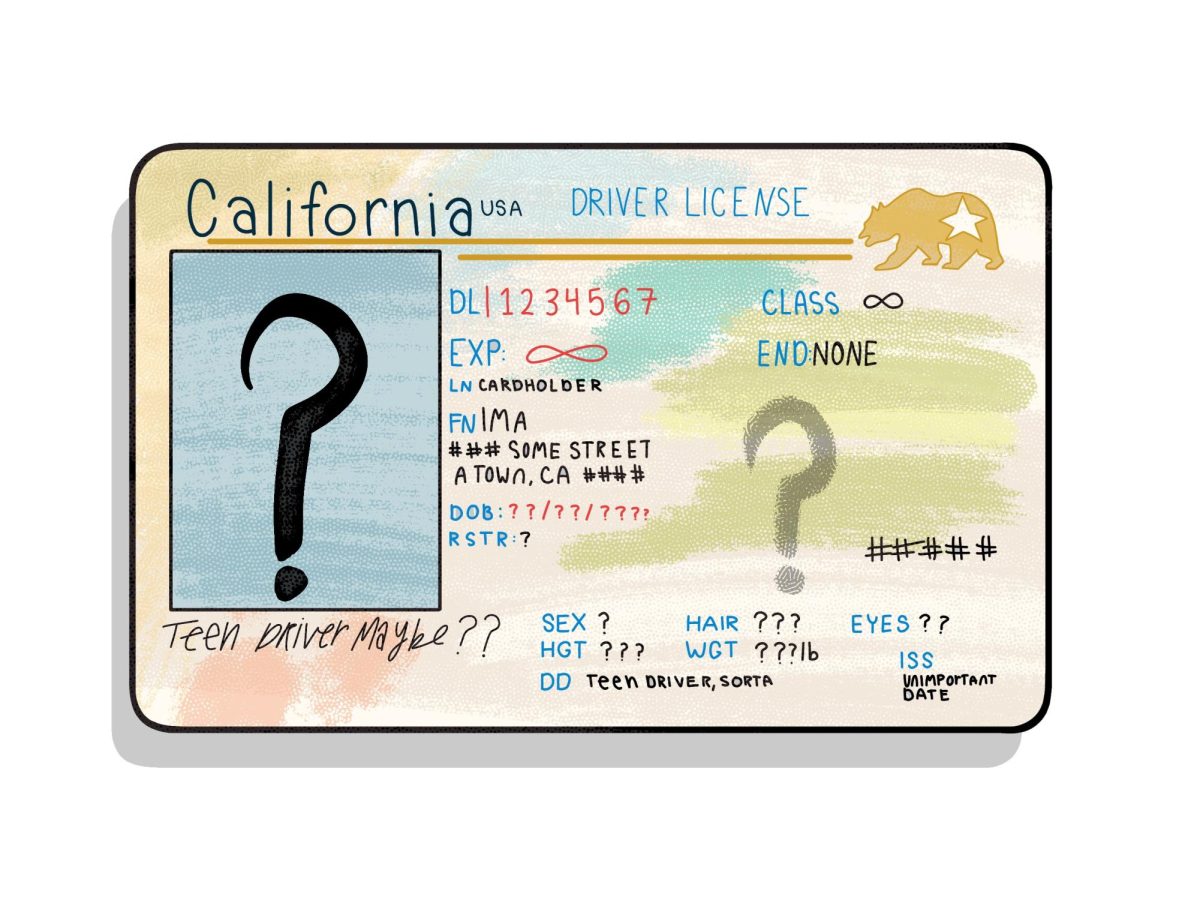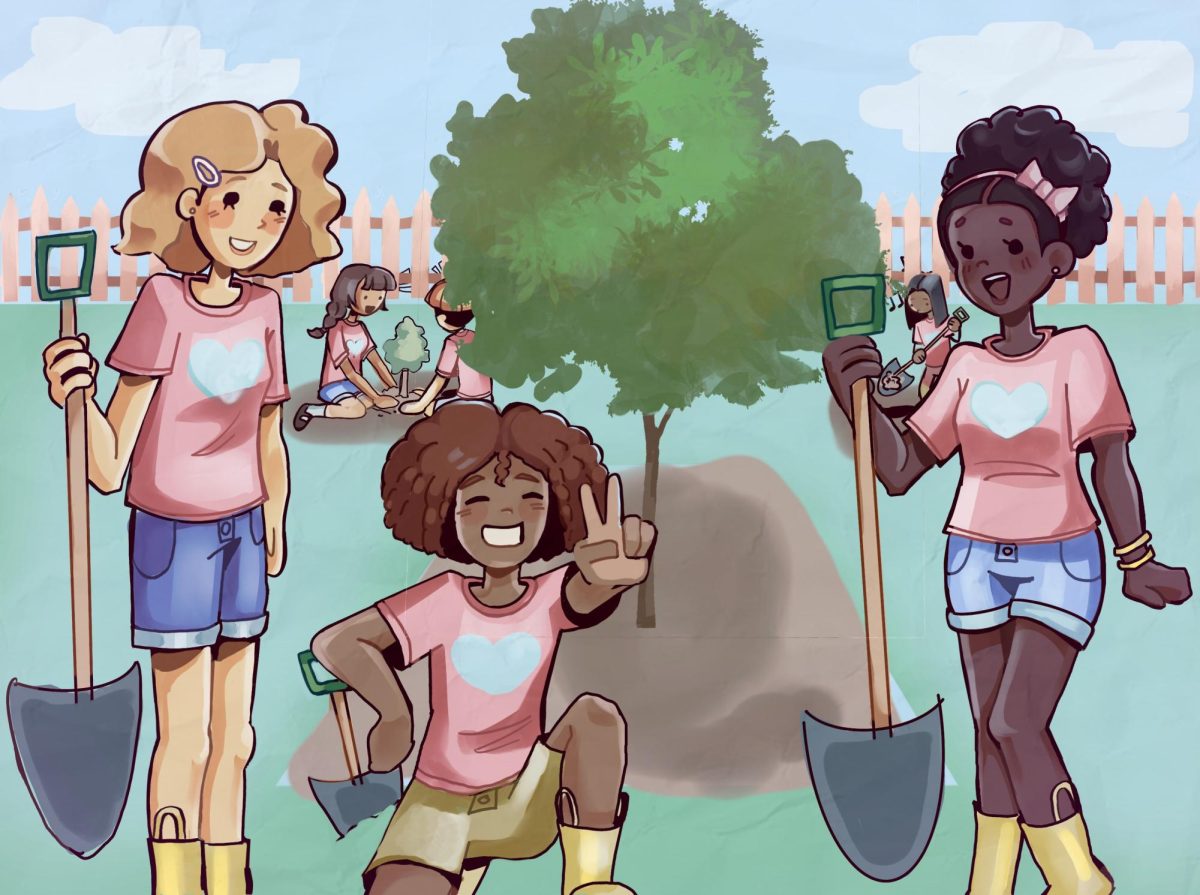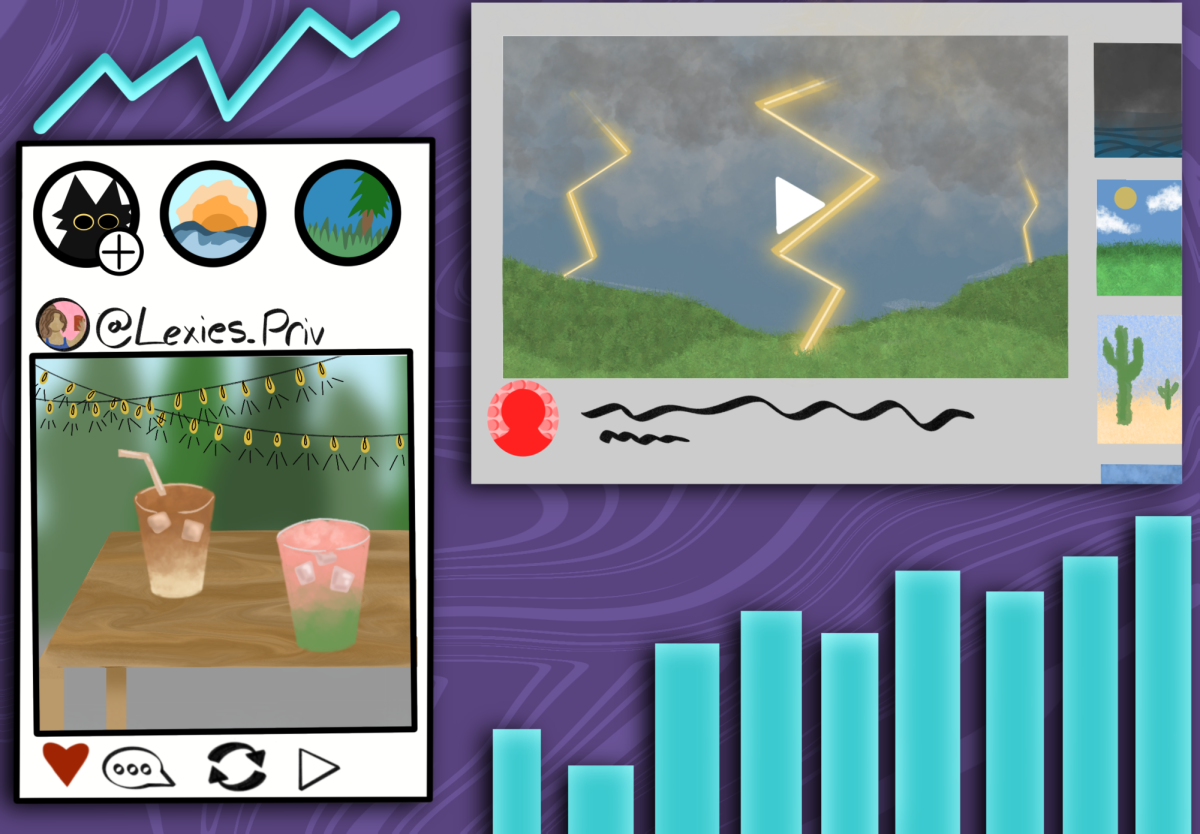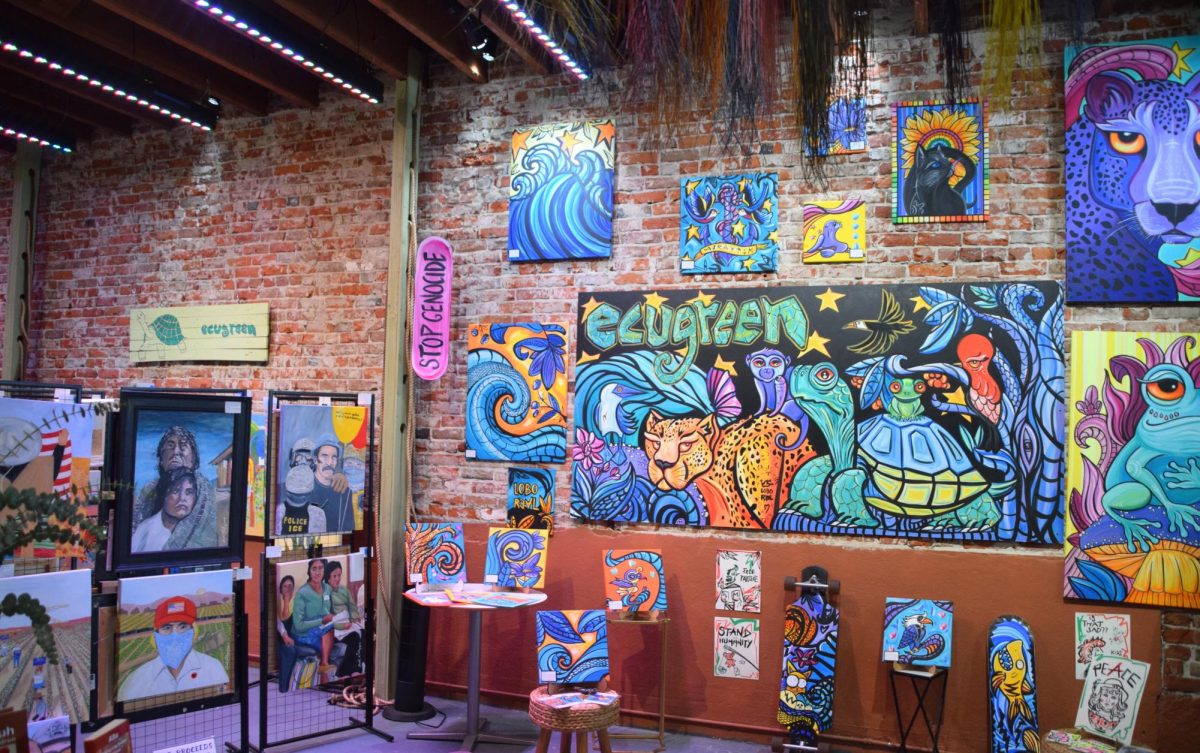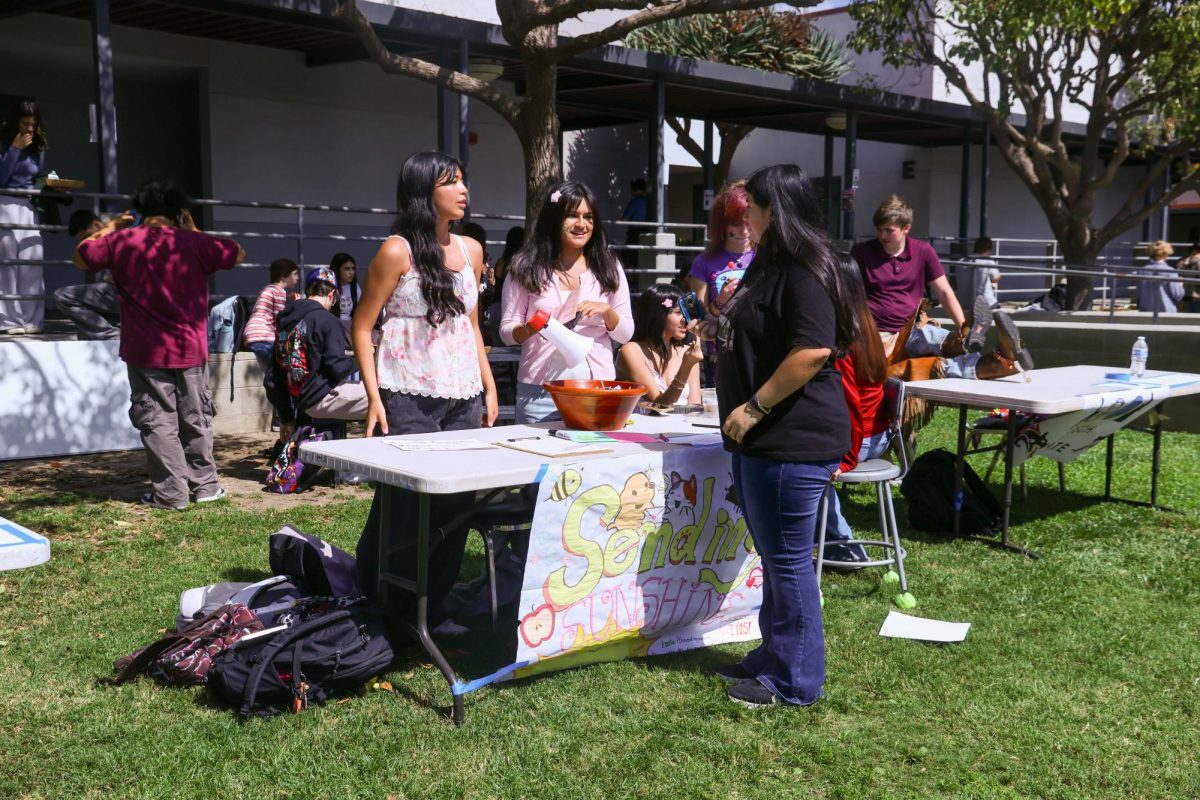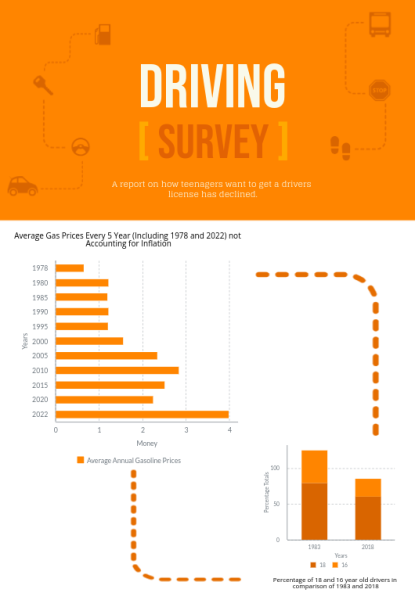
There is no greater freedom than getting your driver’s license and finally being able to drive to places without parental supervision. However, in recent years, it seems that students are hesitant to get their driver’s license, often seeing it as a chore or burden rather than the rite-of-passage it once was. Today, students aged 16 to 19 make up the age group with the lowest percentage of drivers at 34.8%, so why are teenagers so hesitant to drive?
In a previous article by Ema Dorsey on the Foothill Dragon Press titled “Recent significant decline seen in teen drivers,” Dorsey describes how students do not get their driver’s license at the time due to the rise of car insurance and gasoline prices, older siblings and an increase of technology use. While all of these reasons are still viable today, it has possibly gotten worse. Today, three dollars for a gallon of gas is considered cheap, this is on top of the already growing car insurance prices. Students since 2021 are expected to pay 3.8% more than their 1990
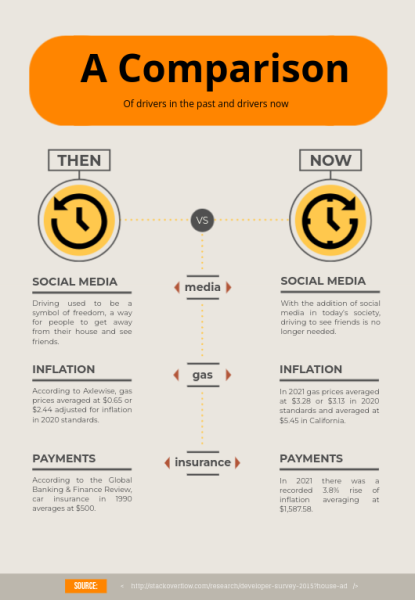
counterparts.
As the Global Banking and Finance Review explains, “An auto insurance policy costing $500 in 1990 costs $1,587.58 in 2021 for the same vehicle and coverage.” With so much work being piled onto students, it feels like taking up another class. Sophomores and Juniors typically have the greatest amount of stress as they take more AP (Advanced Placement) or honors classes so their current workload might not be able to handle another class teaching them how to drive. Not only that, but it can feel completely useless to do the lessons, “I feel like the permit lessons left me unprepared for real driving,” said Lauren Fossati ‘25.
Despite there being economic factors contributing to the decline in driver’s licenses, there are also social aspects. Technology has also made driving to hang out with friends obsolete. As teenagers increase their dependency on technology and social media apps such as Instagram and Snapchat, friends can contact one another without needing to drive over to see them. Through social media, teenagers today already have a greater amount of freedom than the generations that came before them.
Along with this, rideshare apps such as Uber and Lyft have gained popularity, thus reducing the need for licenses. For those that rarely use a car and only need it every once in a while, this is a better option than facing the expenses mentioned before.
There are an abundance of reasons as to why teenagers are hesitant to drive, hanging out with friends can be easily replaced by a quick call or text so students no longer have to worry about the added stress of learning how to drive and can instead put their time towards what they might feel is more important such as school, sports or part-time jobs.


